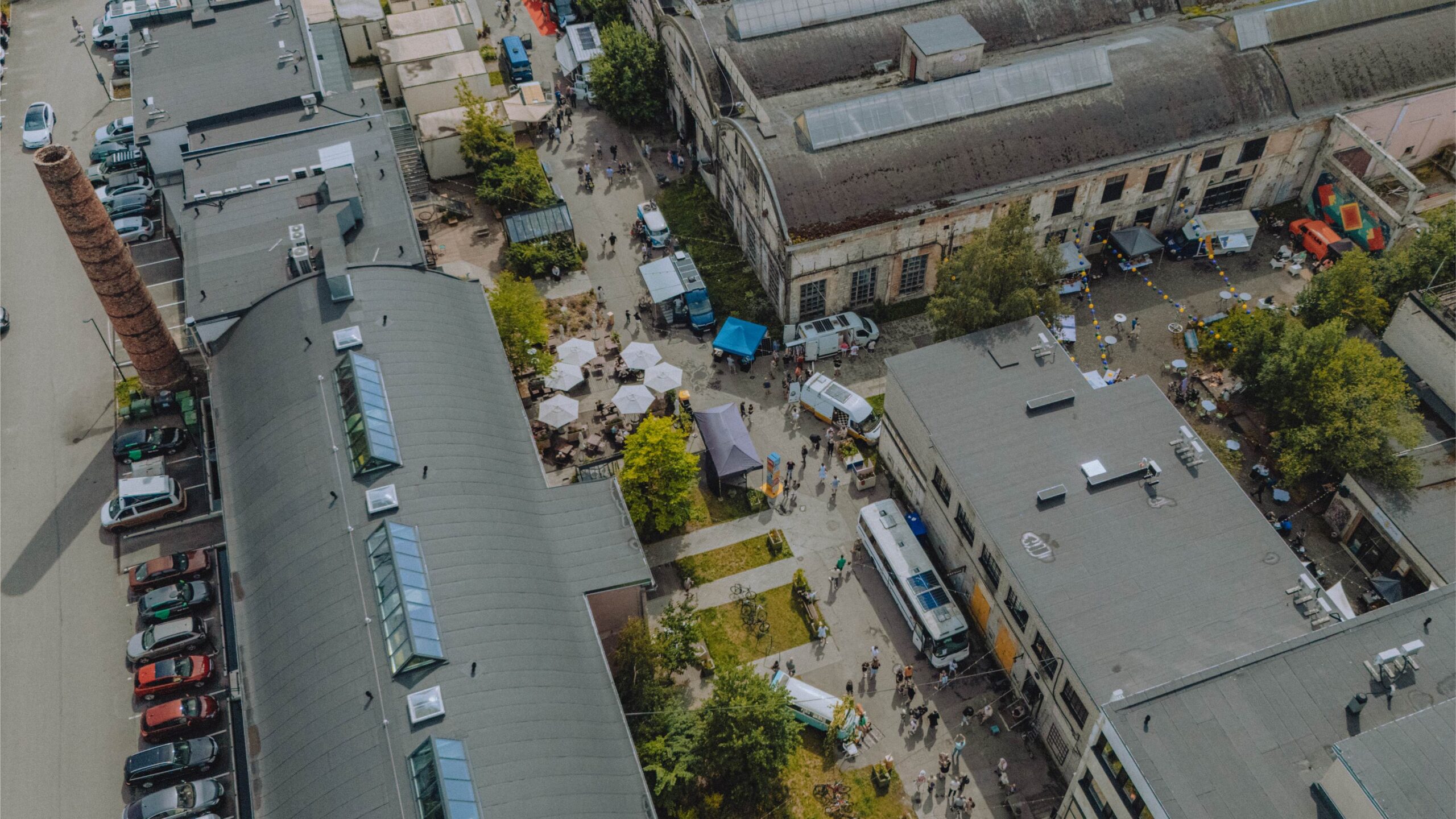One satisfying way to add colour and texture to your garden — maybe even replacing high-maintenance, low biodiversity grass lawns — is to plant bulbs (lillesibulad in Estonian).
Bulbs are unique in that they function like small packages of potential energy and vegetation. Inside each bulb, whether it's a fragrant lily or something edible like a leek, is a tiny plant that’s protected by scales, with the bulb prepared to form roots and grow out and up when the next growing season comes.
Read on for tips and the steps you can follow to plant bulbs in your garden.
Determining your zone:
Before you can pick out or plant bulbs, it helps to determine which growing or hardiness zone your garden is located in. It could mean the difference between a bulb surviving the winter or not. Or if you plant a bulb that's best suited for a lower numeric (i.e. colder) zone in a warmer (higher number) zone, less flowers will be produced.
Southern Ontario generally sits between zones four and seven. In British Columbia, the city of Vancouver is in zone eight and Victoria is in zone nine.
Täismahus artikkel on loetav Eesti Elu tellijatele
Igal nädalal toome me sinuni kõige olulisemad kogukonna uudised ja eksklusiivsed lood uutelt kolumnistidelt. Räägime eestlastele südamelähedastest teemadest, kogukonna tegijatest ja sündmustest. Loodame sinu toele, et meie kogukonna leht jätkuks pikkadeks aastateks.
Hind alates $2.30 nädalas.




